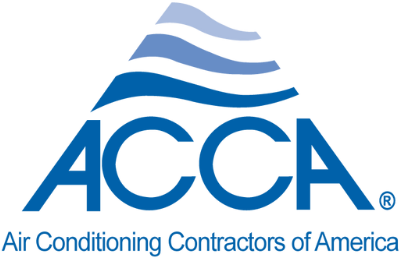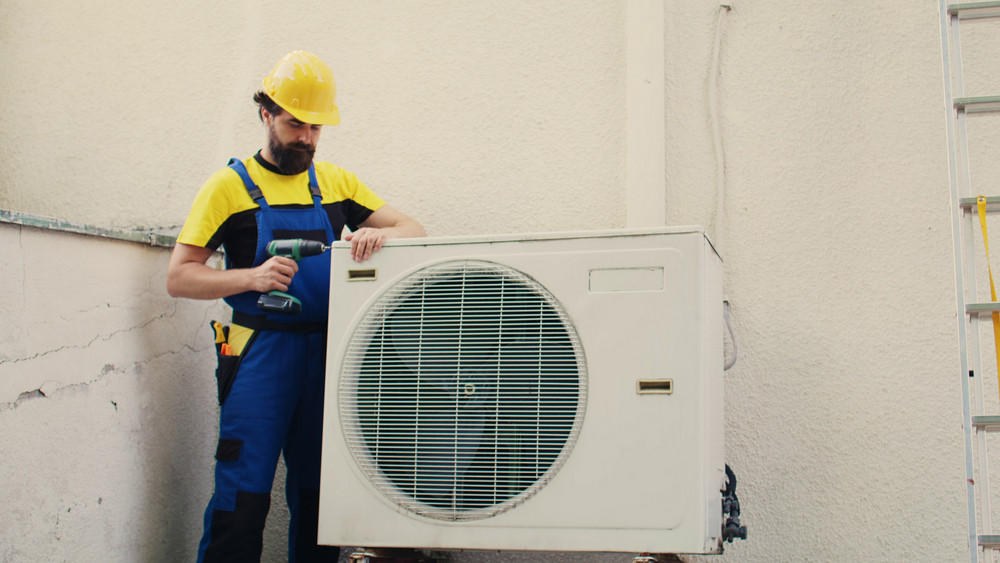Designing HVAC systems for multifamily projects requires careful attention to detail and an understanding of the shared complexities involved. A Manual J calculation can play a pivotal role in determining the appropriate size and capacity for these systems. However, missteps in these calculations can lead to inefficient systems, unhappy tenants, and costly repairs. In this blog post, we’ll explore key considerations in using Manual J for multifamily projects and common pitfalls to avoid in shared HVAC design.
Shared HVAC Systems
One of the primary challenges in designing shared HVAC systems for multifamily buildings is ensuring proper load calculations. Engineers and designers must consider the nuances of load calculations for multiple units, which can significantly differ from single-family homes. Oversights in this area can result in systems that are either over or under-sized, leading to inefficiencies and increased operational costs. Thorough and precise load calculations using a Manual J residential load calculation can prevent these issues by providing accurate data tailored specifically for multifamily needs.
Climate Control
Another crucial aspect is accounting for the potential differences in climate control preferences among tenants. Multifamily setups often mean multiple tenants with varied comfort demands, necessitating flexible and adaptive HVAC solutions. According to This Old House, most HVAC systems last roughly up to 20 years with proper maintenance, highlighting the importance of designing systems that not only meet present needs but are also sustainable for future advancements and adaptations. Incorporating zoning and easy-to-use controls can address these diverse requirements effectively.
Regular Maintenance
Regular maintenance and updates are vital to ensure the longevity and efficiency of the HVAC system. Multifamily projects may face challenges due to the complexity and size of shared systems, requiring diligent monitoring and timely servicing to prevent common issues. Regular inspections, cleaning, and updates to system components should be prioritized to avoid premature failure or reduced lifespan, thus maintaining a high standard of living for residents while minimizing long-term costs for building management.
Designing HVAC systems for multifamily projects demands strategic planning and a nuanced approach to the Manual J residential load calculation. By focusing on accurate load calculations, accommodating tenant variances, and emphasizing routine maintenance, developers and engineers can create efficient, long-lasting HVAC solutions. Avoiding these common pitfalls not only ensures residents’ comfort but also delivers cost-effective, sustainable building operations for years to come. Contact MDA Design Consulting LLC today!


